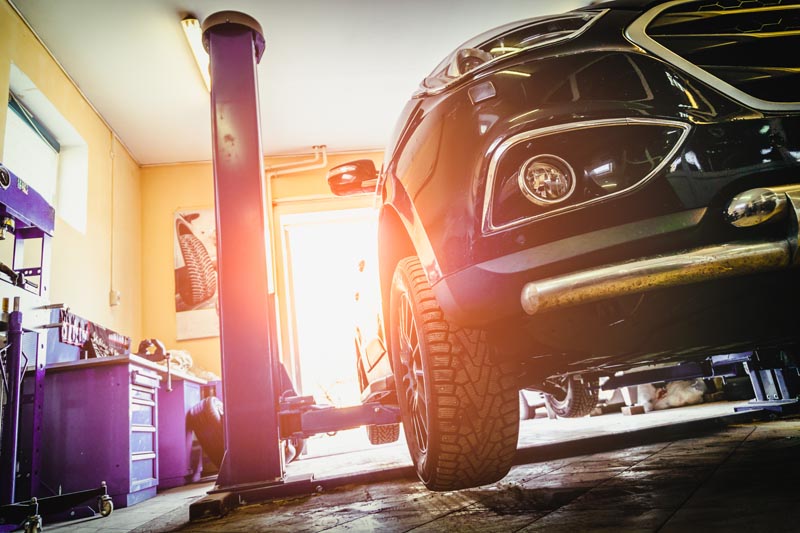
According to BookMyGarage.com, an estimated 580,000 cars on the road aged three years or less would likely fail an MOT test due to potentially dangerous faults.
Analysis of DVSA data by the comparison site found 13% of three-year-old cars – the equivalent of 280,000 in 2021 – fail when subjected to the test for the first time.
The data, retrieved through a Freedom of Information (FOI) request to the DVSA by BookMyGarage.com, revealed a further 300,000 cars aged one and two years old would also fail the MOT test, even though they are too young to legally require it.
The figures show nearly 7% of one-year-old cars and 9% of two-year-old cars failed the test last year.
Although not required, cars can still be MOT tested before their third birthday, and this is often the case with taxis or used car dealers selling vehicles with 12 months MOT for peace of mind for the buyer.
Throughout 2020, 21,000 one-year-old cars were sent for an MOT and 62,000 two-year-old cars were tested.
As expected, the MOT failure rate increases with the age of the car, with 40% of 12-year-old cars failing their MOT last year.
Cars aged 16 years old had the highest failure rate at nearly 47%, though curiously cars older than this had a marginally lower failure rate. For instance, 44% of 20-year-old cars failed the test, the slightly lower rate likely explained by a few models reaching ‘classic’ status at this age and therefore being more cherished by owners.
Jessica Potts, Head of Marketing at BookMyGarage.com, commented: “Many drivers assume that young vehicles will be safe to drive and immune from defects.
“However, three years is plenty of time for a car to develop a potentially dangerous fault. It’s extremely common for tyres, brakes, suspension components, light bulbs, windscreens and other components to require replacement within this timeframe.
“It’s crucial drivers regularly inspect key components, such as tyres and lights, and maintain their car in accordance with the manufacturer’s service schedule, regardless of age, to ensure it’s always safe to drive and to avoid risking large fines and penalty points.”









